What’s the best way to assess a car in every important dynamic aspect – in one day, without fear or favour? Drive it, of course.
Drive it on a well-known and demanding course, with full concentration. The answer is so blindingly obvious that it’s amazing more people don’t do it: you undertake a long, well-planned and varied journey, preparing yourself for the experience as well as you prepare your car. Take notes of every nuance and foible so you can amplify the excellent bits and chase away the faults when you get back.
Mike Cross, Jaguar’s legendary chief engineer of vehicle integrity, has been doing this sort of thing for the past 30 years, and his input – along with that of the skilled team built around him – is a powerful reason why Jaguars (and Land Rovers) are so universally great to drive. This team decided a very long time ago what the Jaguar’s eye view of a great car truly was and has been working ever since to ensure that each new car possesses that character while improving the strain.
The refinement task has two phases: early and late in a car’s gestation. At the concept stage, when the idea is only a few months old, the vehicle integrity team describe in great detail what the car must be like to fulfil its purpose and please its customers. (“We wanted the new Land Rover Defender to drive the way it looks,” explains Cross.)
At the other end of the process, once fully driving prototypes have hit the road for maybe 15-18 months before sign-off, the team begins a series of real-world assessments to see how well engineers and designers have met the brief.
These days, because you can ‘drive’ cars in computers while they’re still being created, prototypes tend to pop out at least 90% as good as they should be. It means the drive team can start its subtle refinement work straight away; there’s far less basic groundwork to be done.
![]()

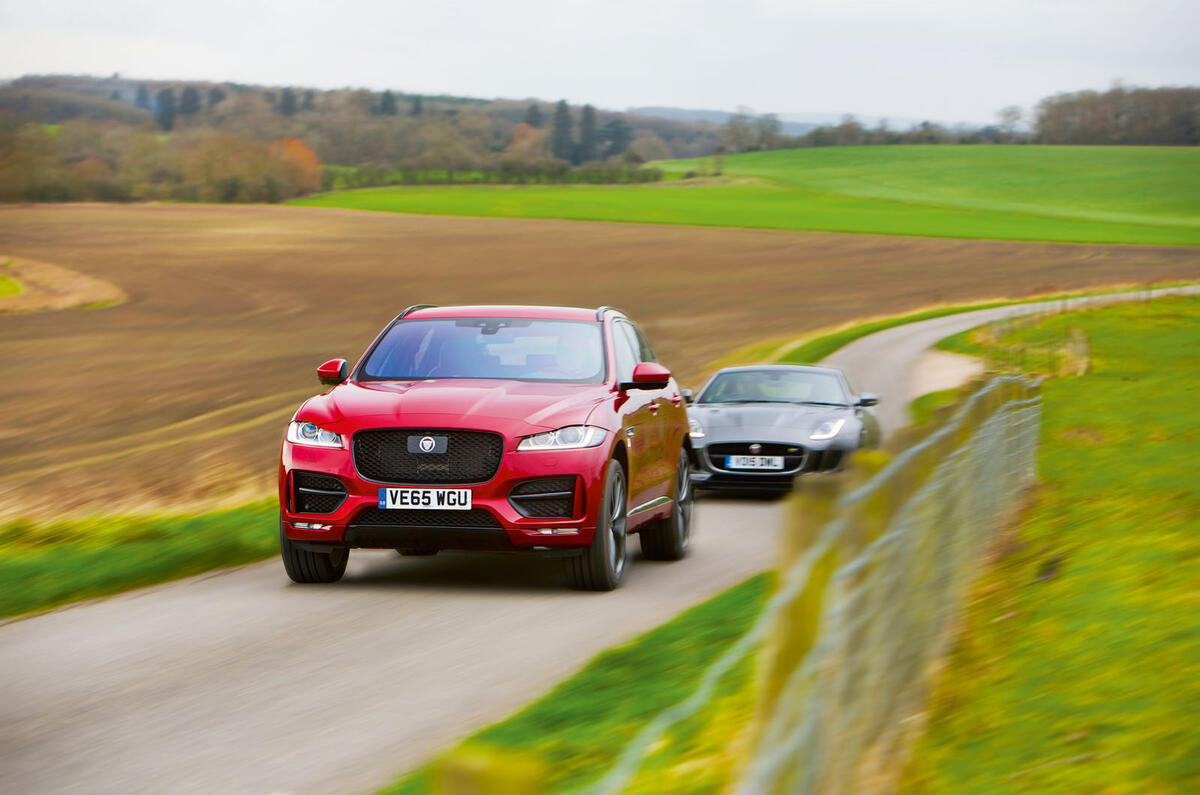
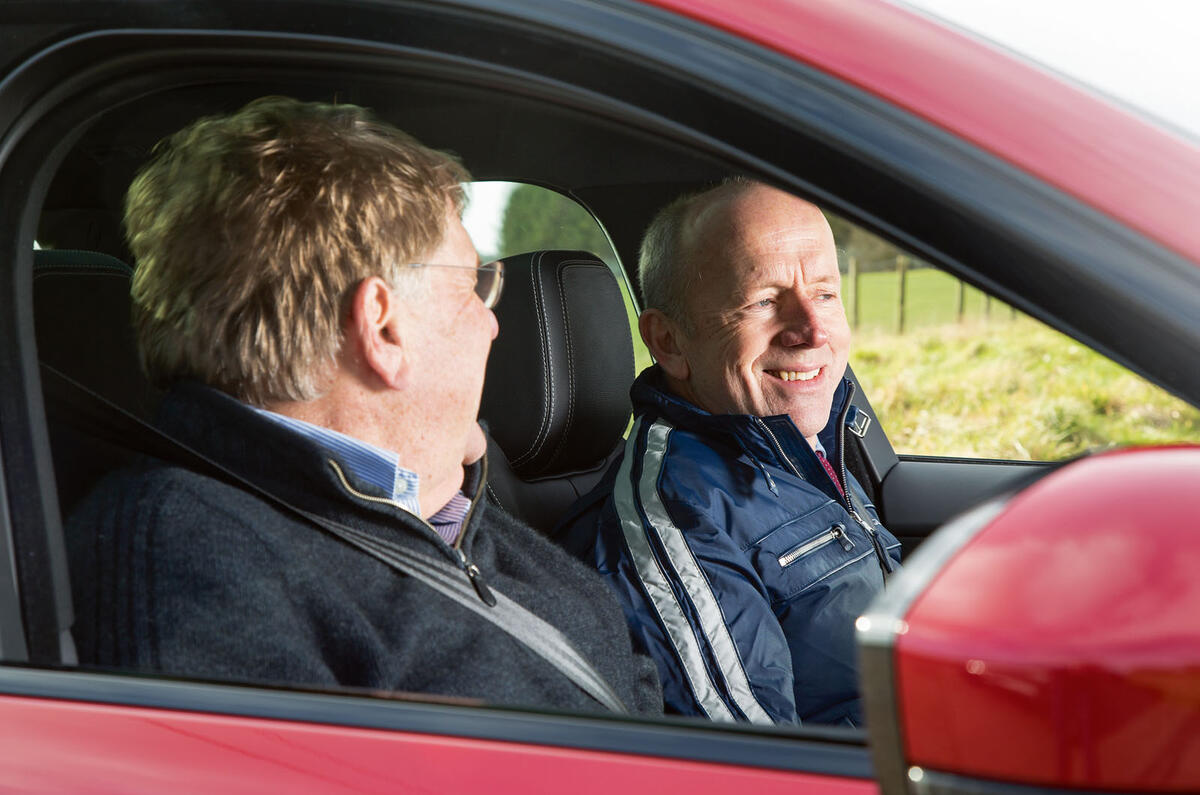
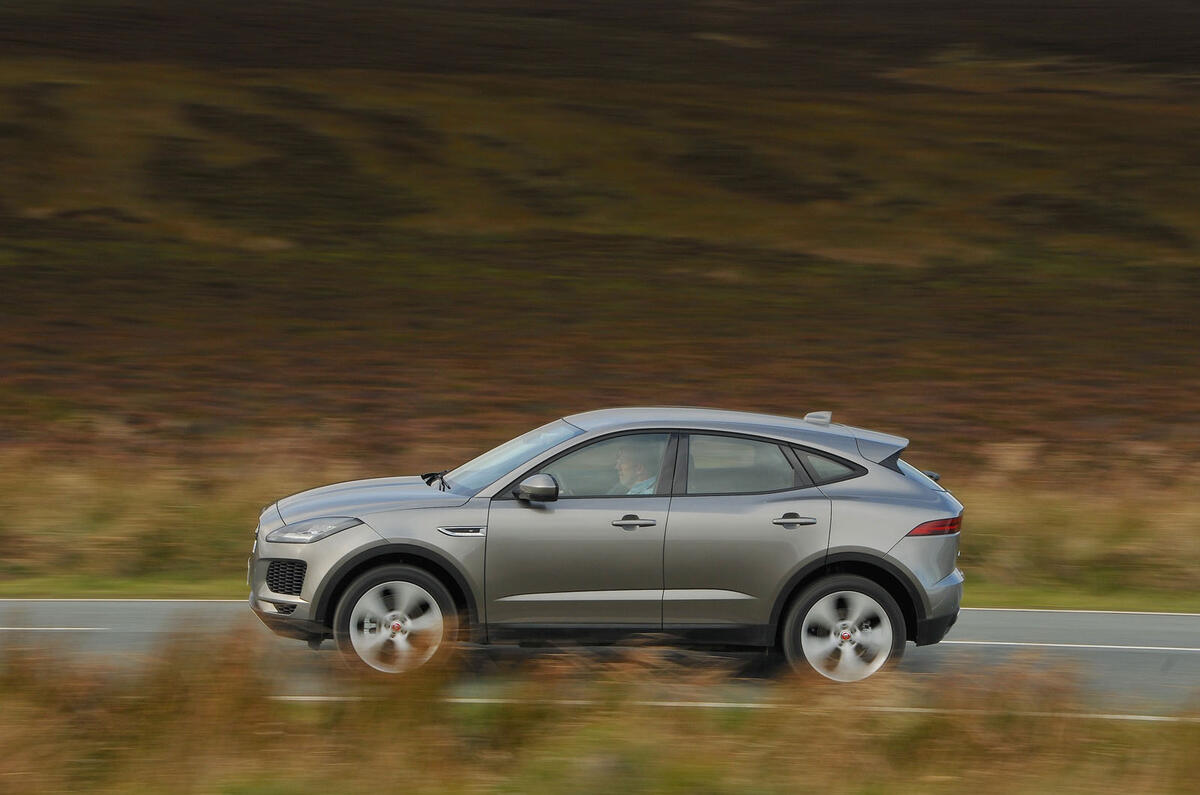
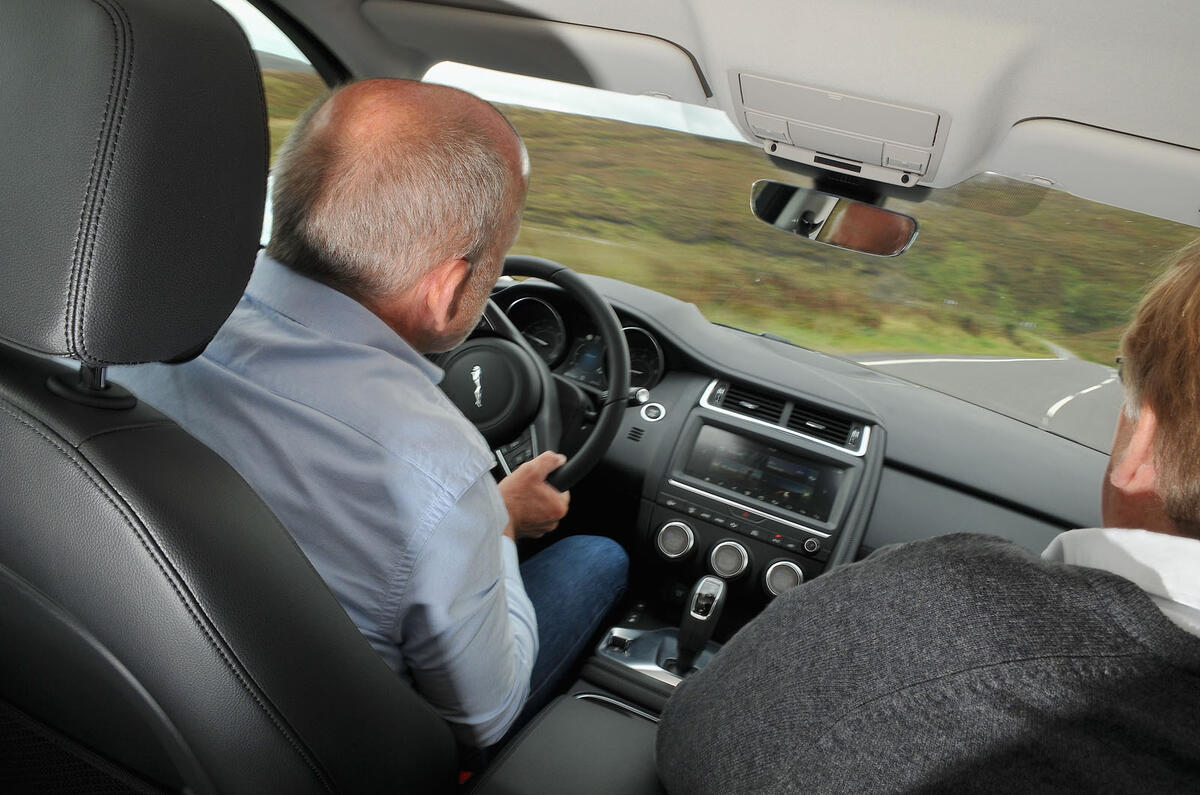

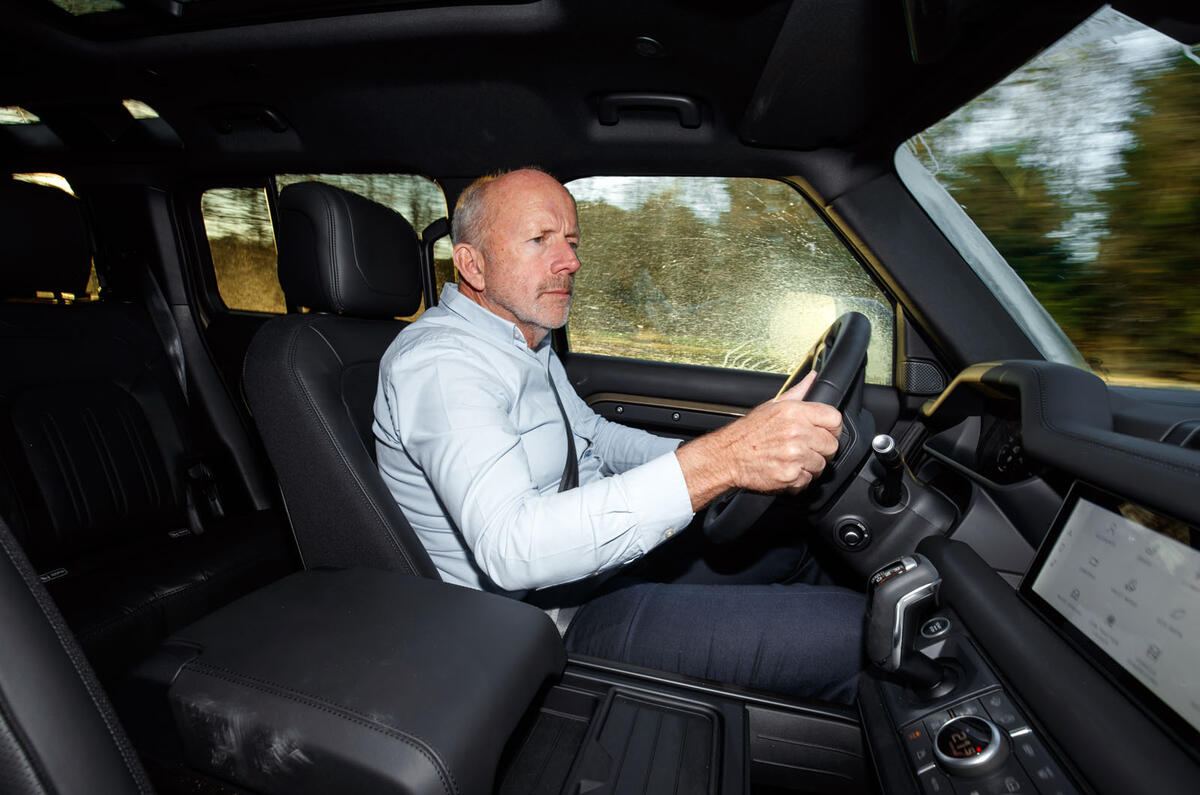
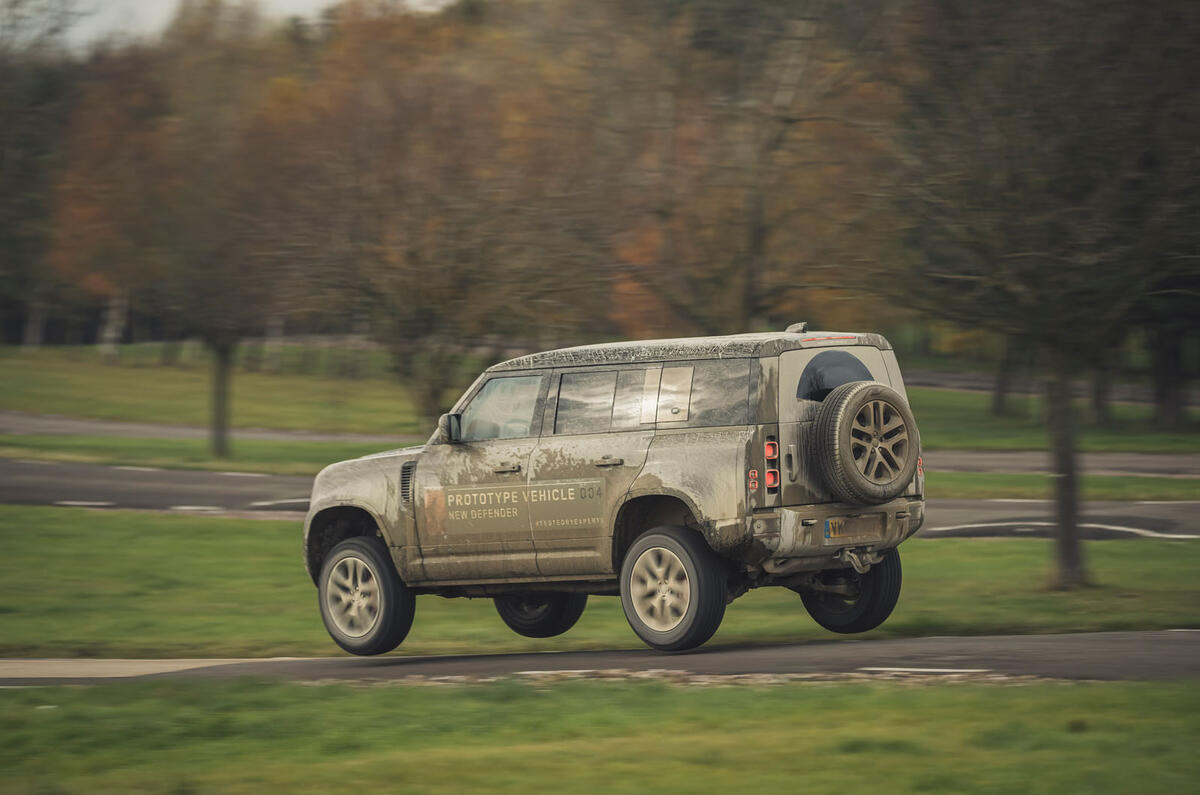

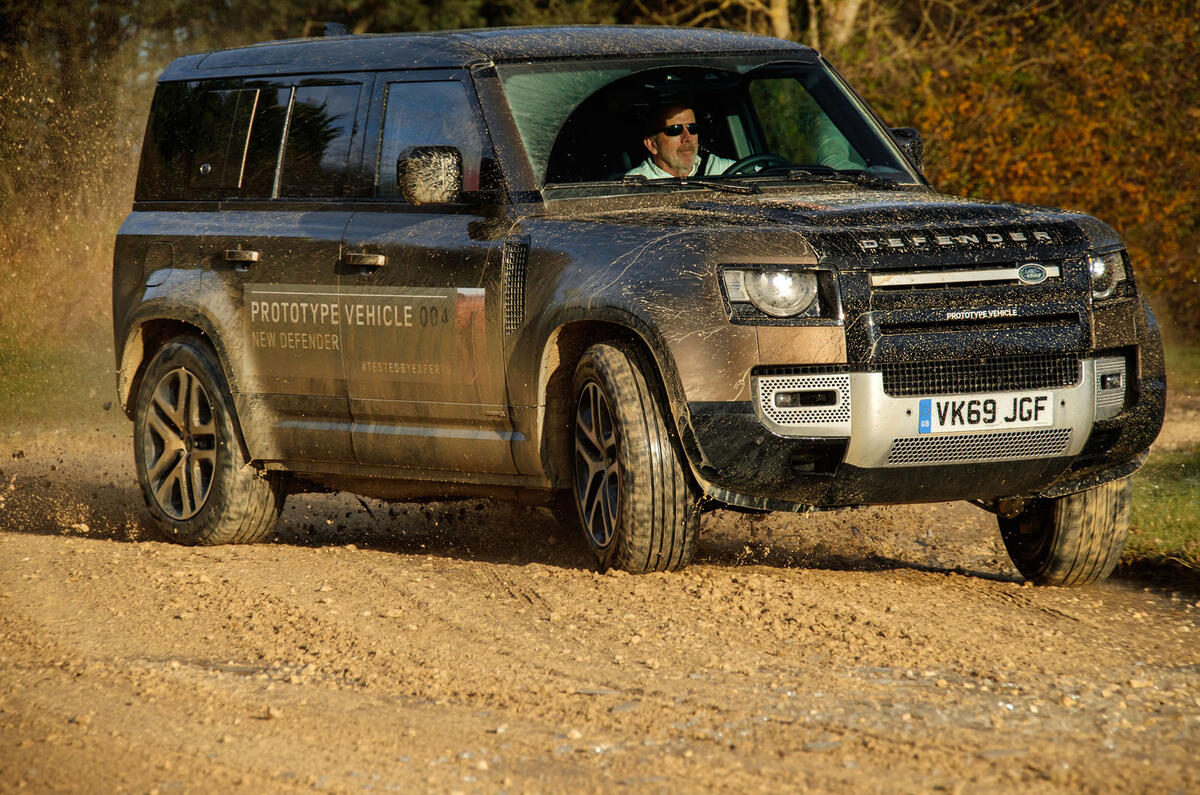
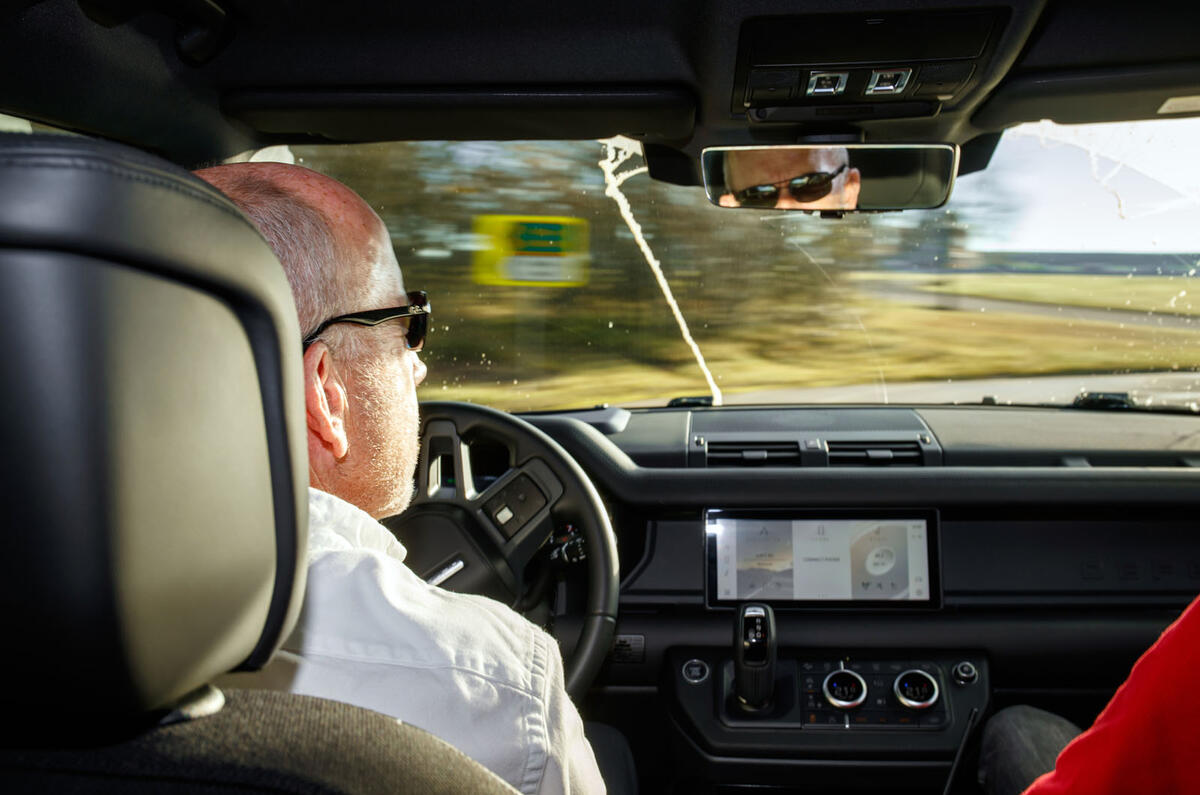
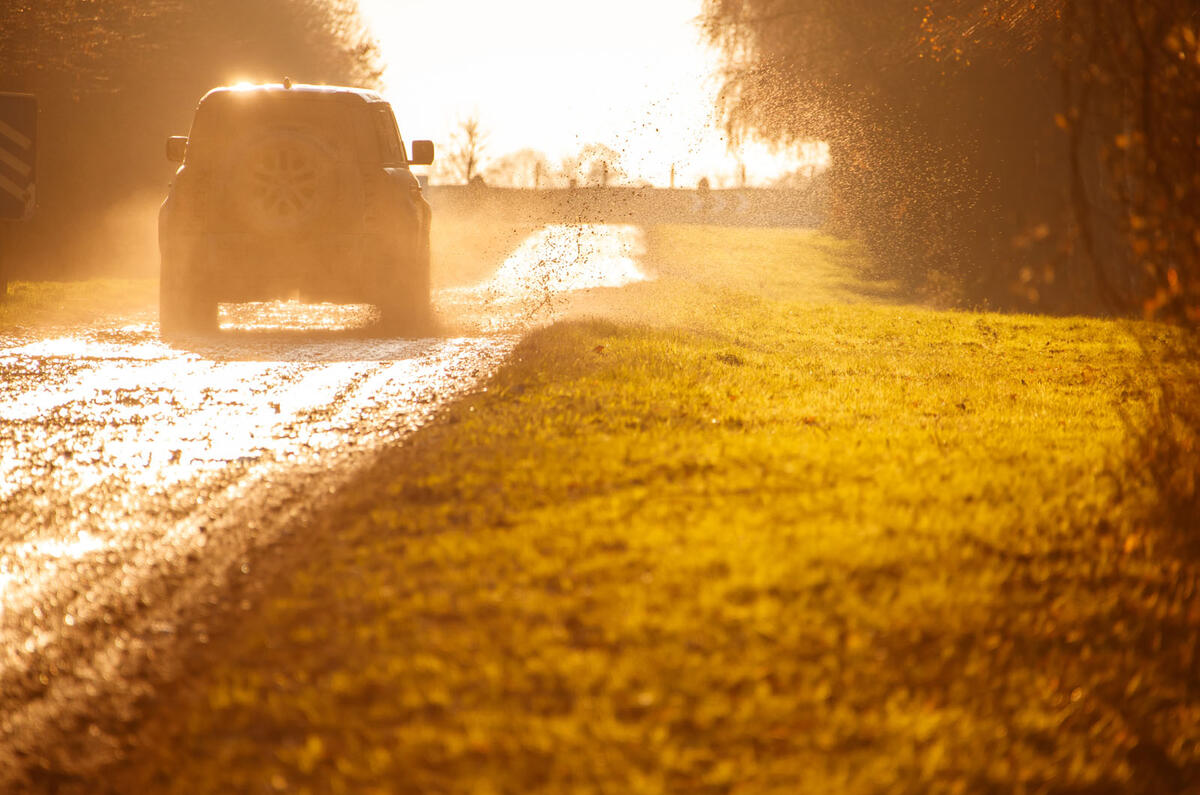
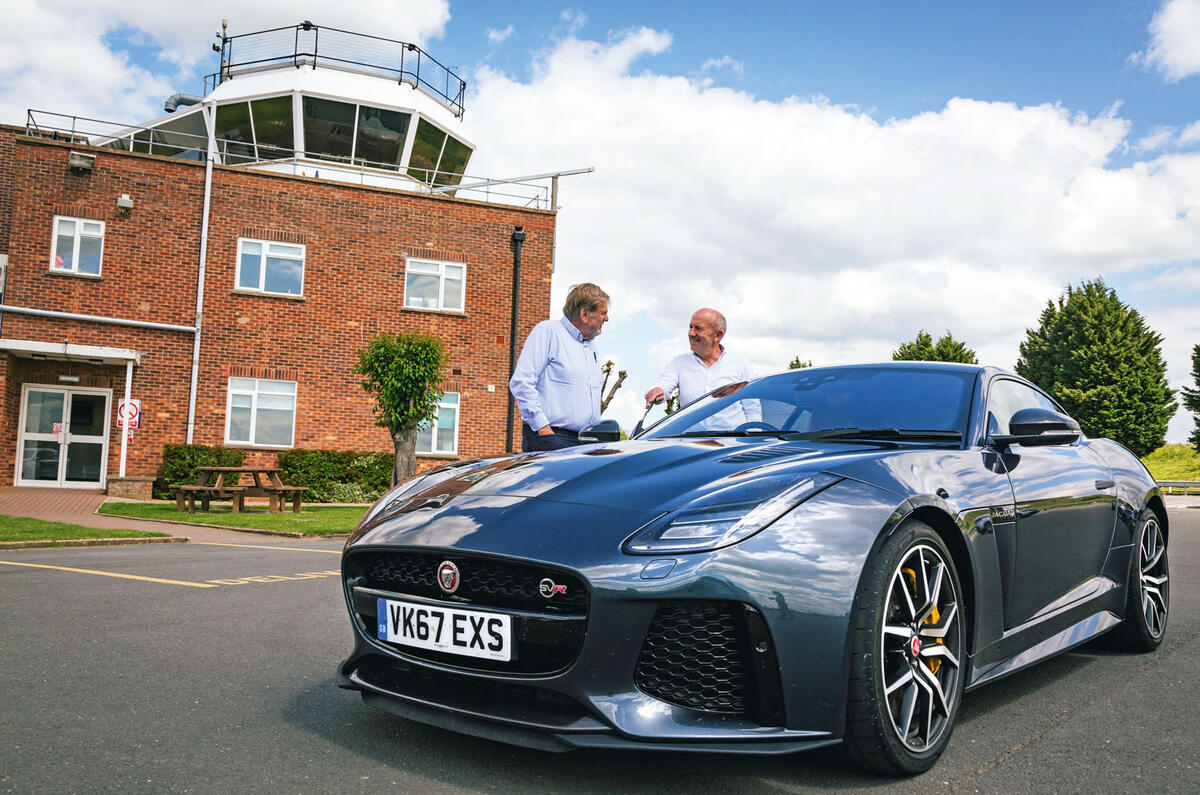
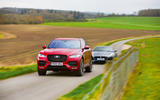
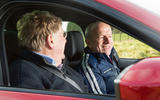
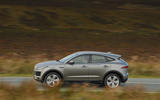
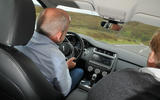
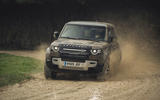

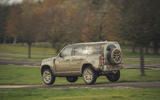
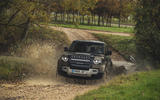
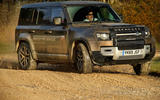
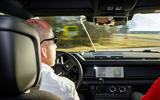











Join the debate
Add your comment
Love affair with Cross
I see the love affair with Mike Cross continues.......
All JLR PR
Also, to be correct, you fork right onto right onto B4319 from the A4212, not left - a road I have used for many years.
Rtfazeberdee is right
And when you use your your F-Pace (as shown in the photos) in the same way as Rtfazeberdee, and most other normal people, you notice all the faults that Mr Cross seemed to forget - such as the sat-nav. Some times you can park it for a few days, jump back in and it works immediately. Other times, you park for 10 minutes, come back to the car and it doesn't even know which country it is in.
Sometimes when you put the car in P and the handbrake on, it will go into auto-stop, you then press the stop-start button and it shuts down as you would expect. Other times, totally randomly, it shuts itself down for you, when you expect that it will have gone into auto-stop. You press the stop-start button expecting to shut it down and instead it fires back up again.
On a hot day, you decide to close the roof blind to keep the car cool, and your passenger opens the door to get out, this triggers the car to shut down and the blind stops, so you have to fire up the car again, just to shut the blind.
The auto-lights come on under trees, and you can never find the right setting on the auto-wipers.
If they spent more time sorting these irritations and less time assessing bump steer on alpine style roads in Wales, then they might sell more cars. Most buyers don't notice steering precision and handling on tight twisty sections, because most buyers have a family, and you notice the kids puking before you notice the steering, if you drive it like Lewis Hamilton on a qualifying lap of Spa.
I'd trade the
...or as our F Pace did, lock
Having been behind an F-Type
Having been behind an F-Type on a nice country road, it's too wide to be enjoyable in such conditions.